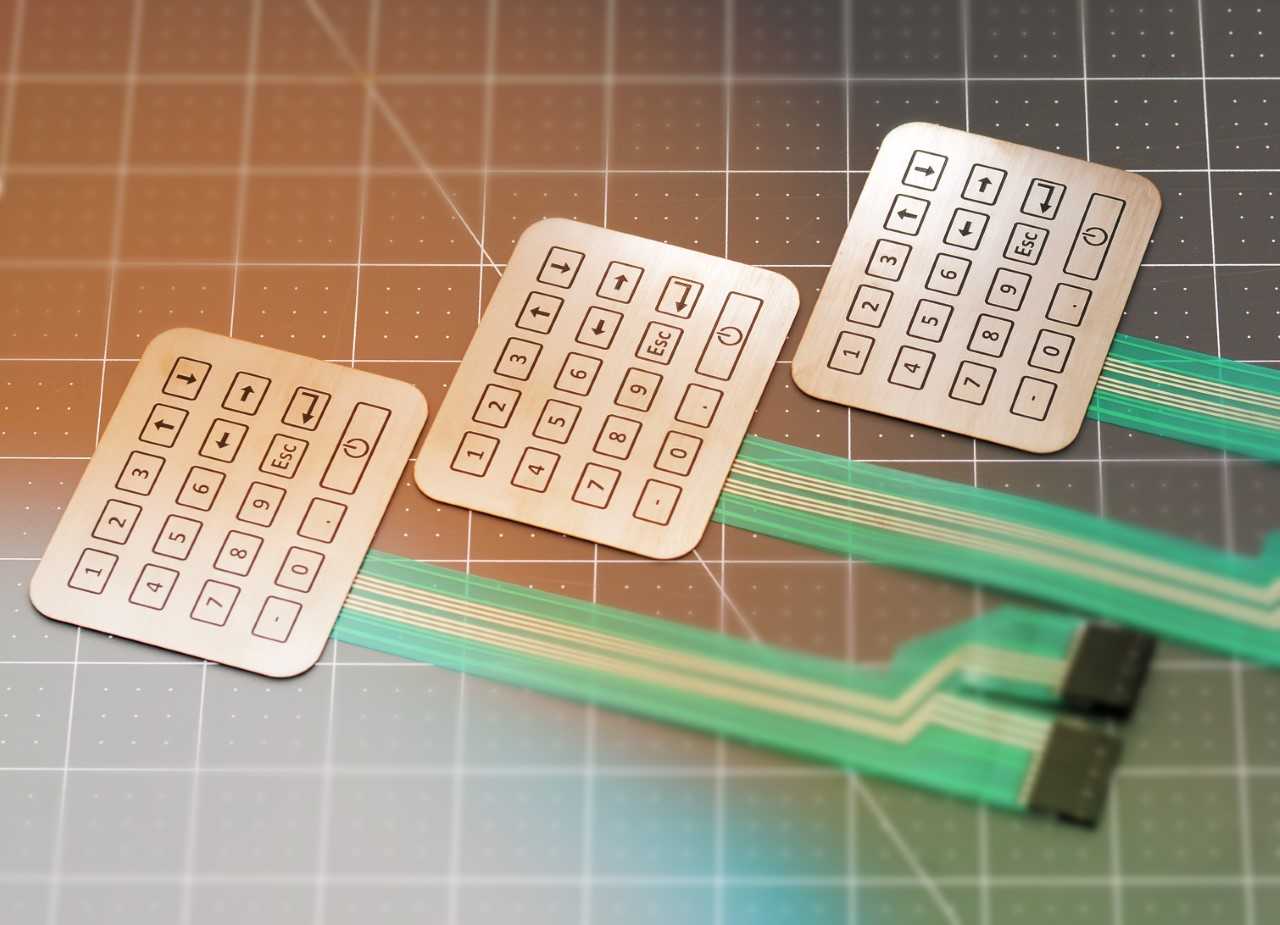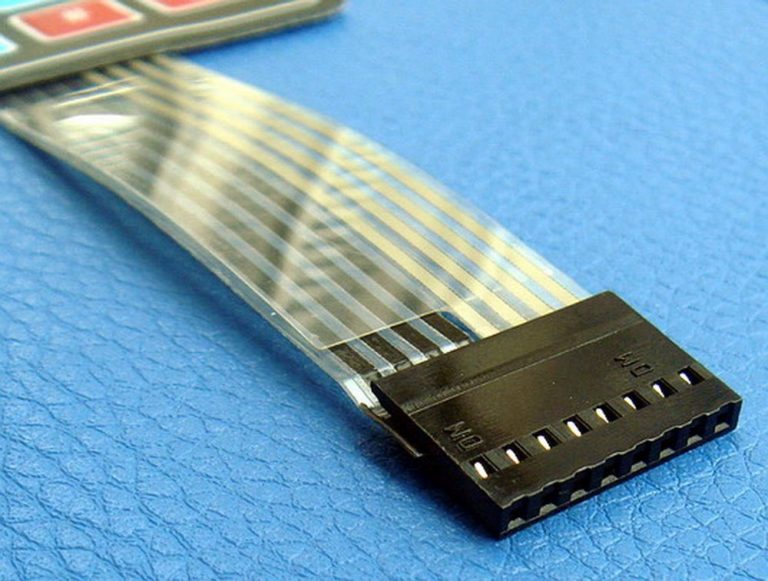All Concerning Membrane Switch Over: Understanding Its Style and Capability
When you consider the control interfaces in contemporary gadgets, membrane layer switches frequently come to mind. These components are extra than just buttons; they mix layout and performance perfectly. Understanding exactly how they function and what makes them efficient can alter your viewpoint on everyday electronics. Yet, there are nuances to their layout and efficiency that you may not recognize. Allow's explore what sets membrane layer switches in addition to other control systems.
What Are Membrane Switches?

Membrane buttons can likewise be tailored concerning form, dimension, and graphics, enabling makers to develop distinct user interfaces customized to specific products. Overall, membrane buttons play a significant function in enhancing customer experience throughout a large selection of applications.
Just How Membrane Changes Job
When you press a key on a membrane switch, it activates a simple yet effective system. membrane switch manufacturer. The leading layer, often made of flexible material, presses down onto a conductive layer under it.
You'll observe that the responsive comments differs based upon the switch design, providing either a soft click or a more noticable reaction. When you release the secret, the membrane go back to its original setting, resuming the circuit and quiting the signal. This procedure takes place practically instantly, ensuring a receptive user experience.
Membrane buttons are popular due to their durability and resistance to dust and wetness, making them ideal for numerous applications, from home devices to medical tools. Understanding this operation helps you value their extensive usage.
Secret Parts of Membrane Layer Buttons
Recognizing the essential elements of membrane layer switches is basic for comprehending their functionality and style. At the core, you'll find the graphic overlay, which supplies the aesthetic user interface for individuals. Under that, there's a spacer layer that separates the circuit layers, guaranteeing that they do not make get in touch with up until pushed. The circuit layer is where the magic happens; it is composed of conductive traces that complete the circuit when you press the switch. Another vital element is the sticky support, permitting the button to stick to surfaces firmly. Lastly, the safety layer guards versus environmental factors and put on, prolonging the switch's life-span. Each part plays a significant role in making certain reliable performance and individual communication. By recognizing these parts, you'll acquire understanding into just how membrane switches run and their value in numerous applications.
Materials Used in Membrane Layer Switch Over Layout
The efficiency and resilience of membrane layer switches heavily rely on the materials made use of in their style. You normally run into polyester and polycarbonate as key substratums due to their excellent stamina and adaptability. These materials withstand scrapes and chemicals, making them optimal for requiring atmospheres.
The conductive layers commonly make use of silver or carbon, selected for their integrity and conductivity. membrane switch manufacturer. Silver offers exceptional efficiency, while carbon is an affordable choice. For the overlay, you may take into consideration a matte or shiny surface, relying on your aesthetic requirements and customer experience
Adhesives play a necessary duty as well; they bond layers firmly and assure long life. Make specific to select adhesives that endure ecological variables like temperature level and moisture. Don't neglect the relevance of an excellent printing strategy for graphics, as it improves both capability and aesthetic appeal. Selecting the ideal products will assure your membrane button stands the test of time.
Layout Factors To Consider for Membrane Switches
While making membrane switches, it's important to take right into account various elements that affect their performance and individual experience. Beginning by concentrating on the format and switch size; make specific they're instinctive and simple to navigate.
Validate your layout suits ecological aspects, like wetness or temperature variants, which can affect efficiency. By thoroughly thinking about these components, you'll develop a membrane button that improves usability and contentment.
Applications of Membrane Switches
Membrane layer buttons are versatile parts found in different applications, from industrial devices to customer electronic devices. You'll see their influence in devices that call for durable user interfaces and in gadgets that profit from smooth layouts. Recognizing these applications helps you value the performance and functionality of membrane switches in day-to-day innovation.
Industrial Equipment Use
When you're looking to enhance the performance of industrial tools, membrane layer buttons provide a trusted service that combines durability with user-friendly design. These buttons are excellent for rough environments, supplying resistance to dirt, dampness, and chemicals. Accept membrane layer buttons to simplify your operations and improve overall performance.
Consumer Electronics Integration
In the domain name of consumer electronics, membrane layer switches play an essential role in boosting user interaction and gadget performance. You'll locate them in devices like microwaves, push-button controls, and gaming consoles, supplying a smooth means to connect with technology. Their sleek style permits simple assimilation into different products, making controls intuitive and straightforward. With their capacity to include graphics and backlighting, you can enjoy a contemporary aesthetic that enhances the gadget's overall appearance. Membrane buttons also ensure sturdiness and resistance to dust and moisture, prolonging the life-span of your electronics. By choosing membrane switches, you improve not just the capability yet likewise the style of your devices, making day-to-day interactions smooth and delightful.
Advantages and Negative Aspects of Membrane Buttons
While membrane layer buttons use a variety of advantages, they also come with some downsides that you need to take into consideration. One significant benefit is their small design, making them perfect for space-constrained applications.

Membrane layer buttons can have a much shorter life-span contrasted to mechanical switches, specifically under heavy use. They can likewise be less responsive, which might affect individual responses throughout procedure. Stabilizing these pros and cons will assist you establish visit here if membrane buttons are the best fit for your job.
Often Asked Inquiries
How Much Time Do Membrane Switches Typically Last?
Membrane layer changes typically last between 5 visit to one decade, relying on usage and environmental problems. You'll intend to review variables like wear, exposure to wetness, and temperature level variations to assess their longevity properly.
Can Membrane Layer Switches Be Custom-made for Specific Styles?
Yes, you can tailor membrane layer buttons to fit certain designs (membrane switch manufacturer). You'll have the liberty to pick colors, forms, and layouts that match your job's requirements, guaranteeing they blend perfectly with your overall aesthetic
What Is the Price Array for Membrane Switch Manufacturing?
The cost variety for membrane switch manufacturing commonly falls in between $1 and $10 each, depending on factors like style intricacy, amount, and materials. You can obtain quotes from producers to find the most effective choice.

Are Membrane Layer Changes Water Resistant or Resistant?
Membrane layer switches can be developed to be water resistant or resistant, depending on materials made use of and construction methods. If you need them for damp environments, guarantee you define those needs throughout the style process.
How Do Membrane Switches Contrast to Conventional Buttons?
Membrane switches are normally thinner and extra versatile than standard switches, using a smooth style. They're frequently easier to clean and integrate, yet may not supply the tactile comments you're used to with mechanical choices.
Final thought
